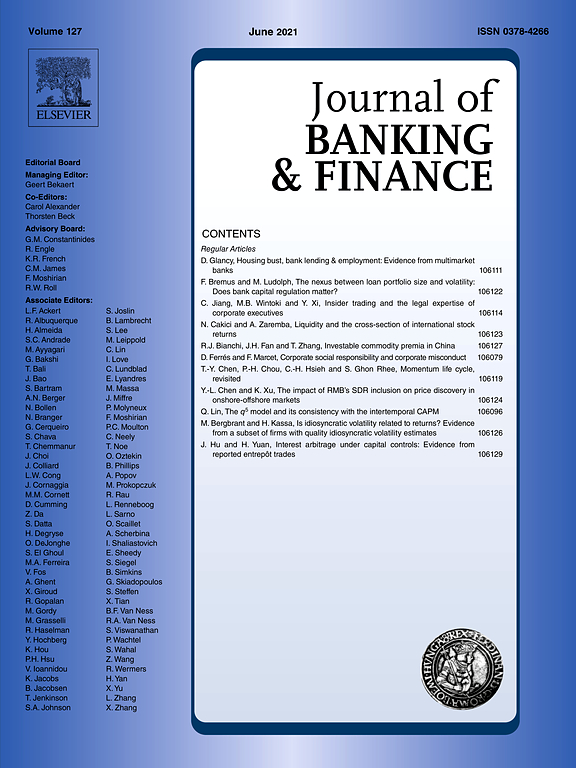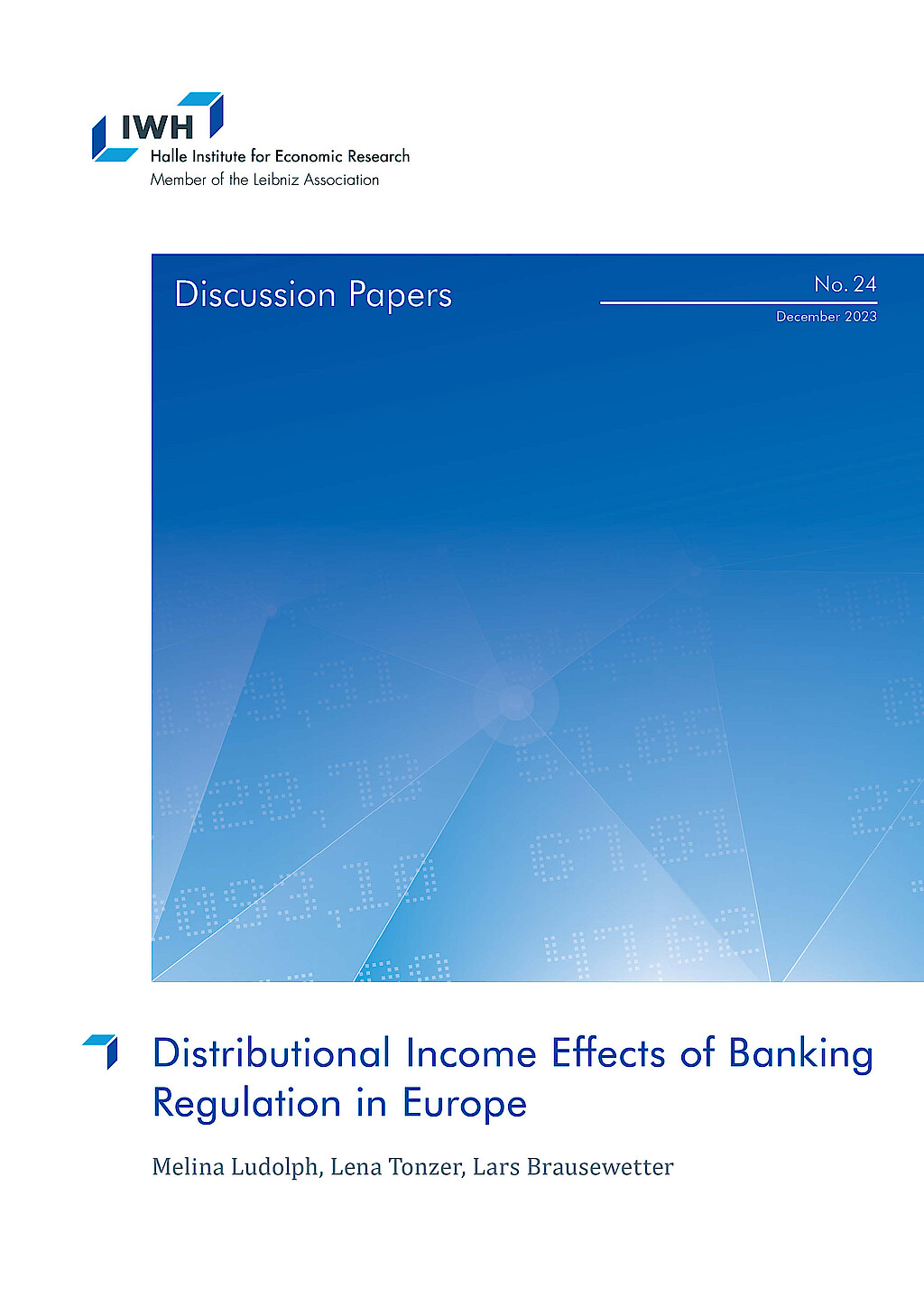Banking, Regulation, and Incentive Structures
The research group “Banking, Regulation, and Incentive Structures” aims to advance our understanding of how banking activities, regulations, and incentives interact. Regulatory interventions can produce unintended consequences that undermine their efficacy and cause potential adverse effects on the financial sector and the broader economy, especially when we overlook the impact on incentives. The group’s research contributes to the debate on how to design and implement incentive-compatible and cost-efficient regulations.
First, we take a birds eye perspective on different regulatory measures that could be ineffective or associated with unintended consequences. In one project, we empirically examine the impact of outstanding contingent convertible (CoCo) bonds on bank stability and reporting. While these hybrid securities can strengthen banks’ capital bases, we find that persistent uncertainty and misconceptions among investors about bail-in likelihoods limit their monitoring engagement, which results in banks becoming less transparent. In other ongoing research, we study whether the unbundling of research fees from sales commissions introduced by MiFID II is sufficient to overcome conflicts of interest analysts face.
In a second line of research, we strive to understand the interplay of extrinsic motivation driven by regulatory requirements with intrinsic motivation rooted in prosocial behavior traits and norms in finance professionals’ risk-taking decisions. To this end, we conduct several experiments with bank employees in which we manipulate compensation, social awareness, and regulatory stringency.
Lastly, we examine whether regulatory due diligence requirements push firms to extend control beyond their boundaries as intended by the legislator, or if they primarily incentivize firms to minimize liability and risk by terminating relationships. In this context, we also explore the extent to which banks play a critical role in the efficacy of these regulations.
Workpackage 1: Unintended consequences of banking regulation
Workpackage 2: Regulatory measures and bank employees’ incentives
Workpackage 3: Supply chains, due diligence requirements, and the role of banks
Research Cluster
Financial Resilience and RegulationYour contact

- Department Laws, Regulations and Factor Markets
Refereed Publications

The Nexus between Loan Portfolio Size and Volatility: Does Bank Capital Regulation Matter?
in: Journal of Banking and Finance, June 2021
Abstract
This paper analyzes the effects of bank capital regulation on the link between bank size and volatility. Using bank-level data for 27 advanced economies over the 2000–2014 period, we estimate a power law that relates the volume of a bank’s loan portfolio to the volatility of loan growth. Our analysis reveals, first, that more stringent capital regulation weakens the size-volatility nexus. Hence, in countries with more stringent capital regulation, large banks show, ceteris paribus, lower loan portfolio volatility. Second, the effect of tighter capital requirements on the size-volatility nexus becomes stronger for the upper tail of the bank size distribution. This is in line with capitalization decreasing with bank size, such that larger banks tend to be more affected by increasing capital requirements. Third, in countries with higher sectoral capital buffers, the size-volatility nexus is weaker.
Working Papers

Distributional Income Effects of Banking Regulation in Europe
in: IWH Discussion Papers, No. 24, 2023
Abstract
We study the impact of stricter and more harmonized banking regulation along the income distribution using household survey data for 25 EU countries. Exploiting country-level heterogeneity in the implementation of European Banking Union directives allows us to control for confounders and identify effects. Our results show that these regulatory reforms aimed at increasing financial system resilience affected households heterogeneously. More stringent regulation reduces income growth for low-income households due to employment exits. Yet it tends to increase growth rates at the top of the distribution both for employee and self-employed income.

CoCo Bonds, Bank Stability, and Earnings Opacity
in: IWH Discussion Papers, No. 1, 2022
Abstract
<p>This paper examines the effect of CoCo bonds that qualify as additional tier 1 capital on bank stability and reporting. The results reveal a significant reduction in the distance to insolvency following the hybrid bond issuance due to increased earnings volatility. Banks report less stable net income due to more volatile loss provisions, which increases earnings opacity rather than reflects changes in asset quality. The findings are consistent with the premise that persistent uncertainty and misconceptions among investors about bail-in likelihoods limit their monitoring engagement, which results in banks becoming less transparent.</p>








